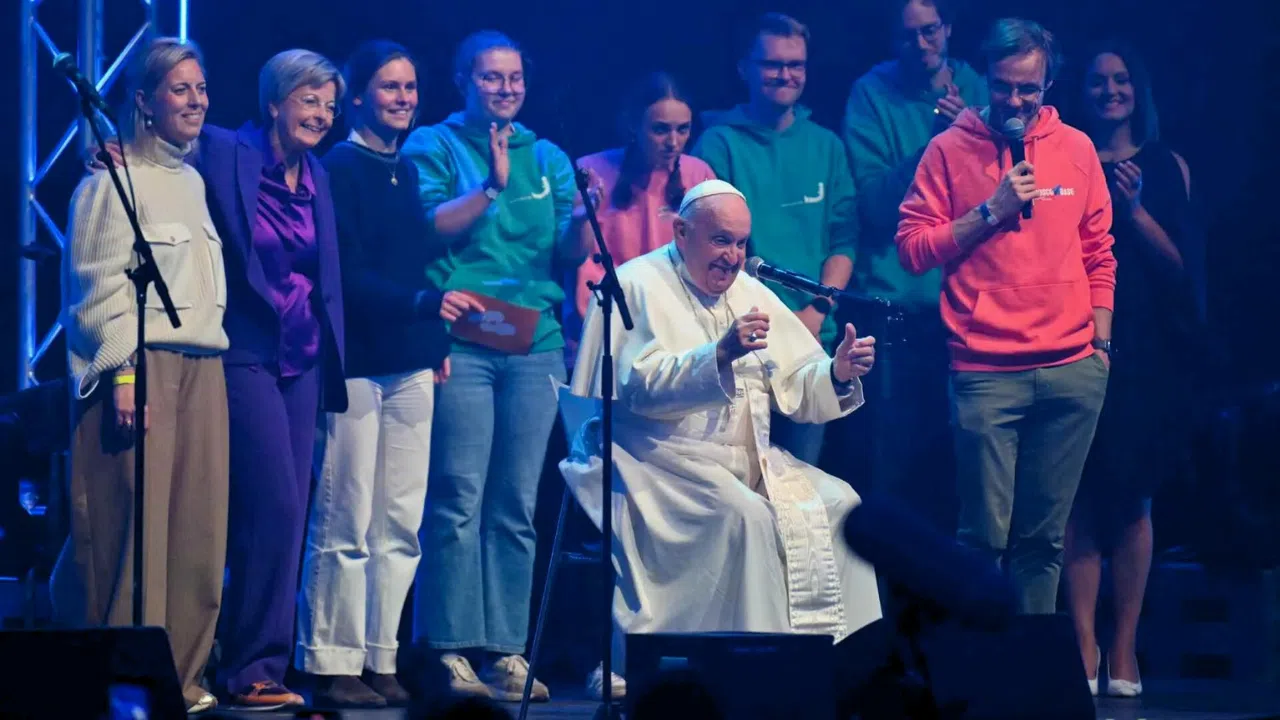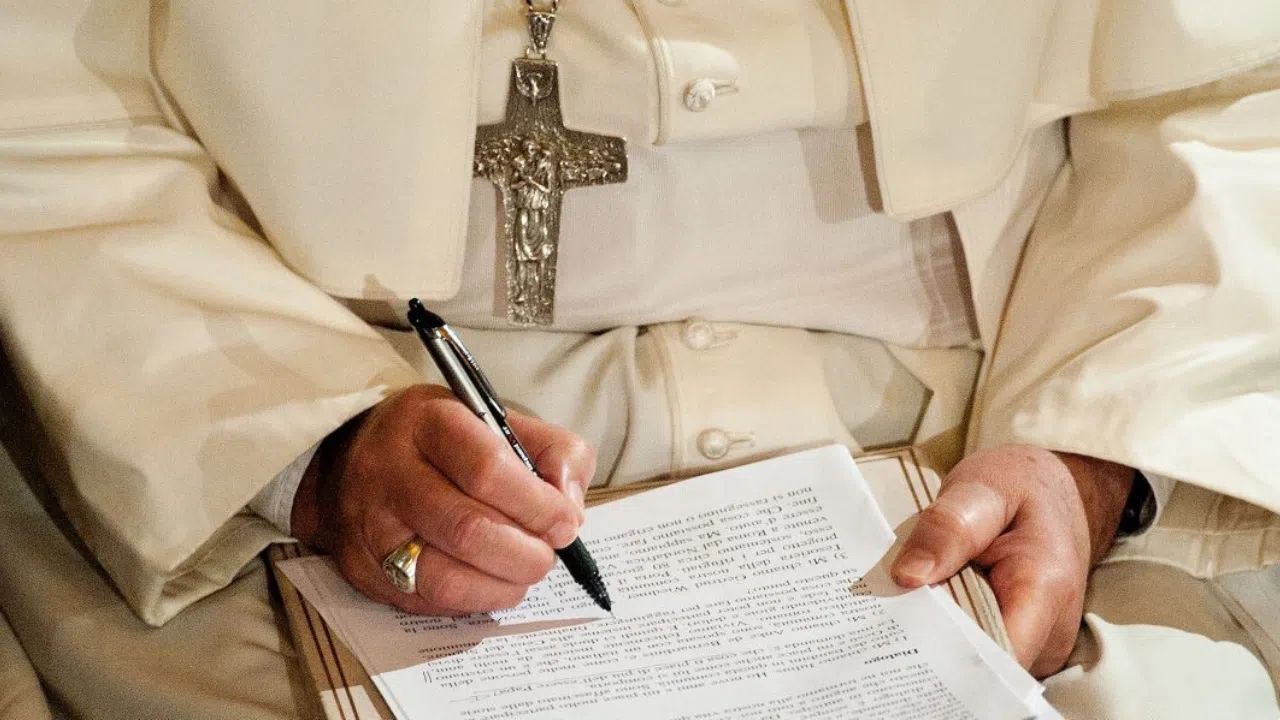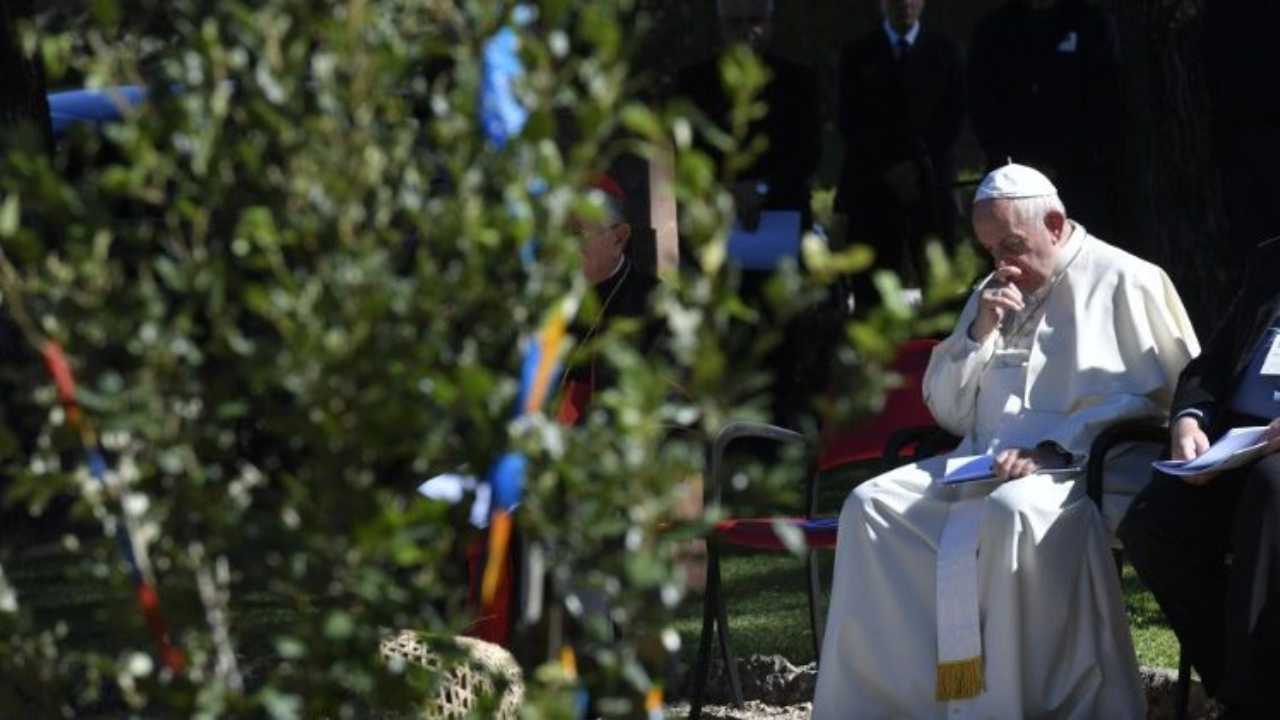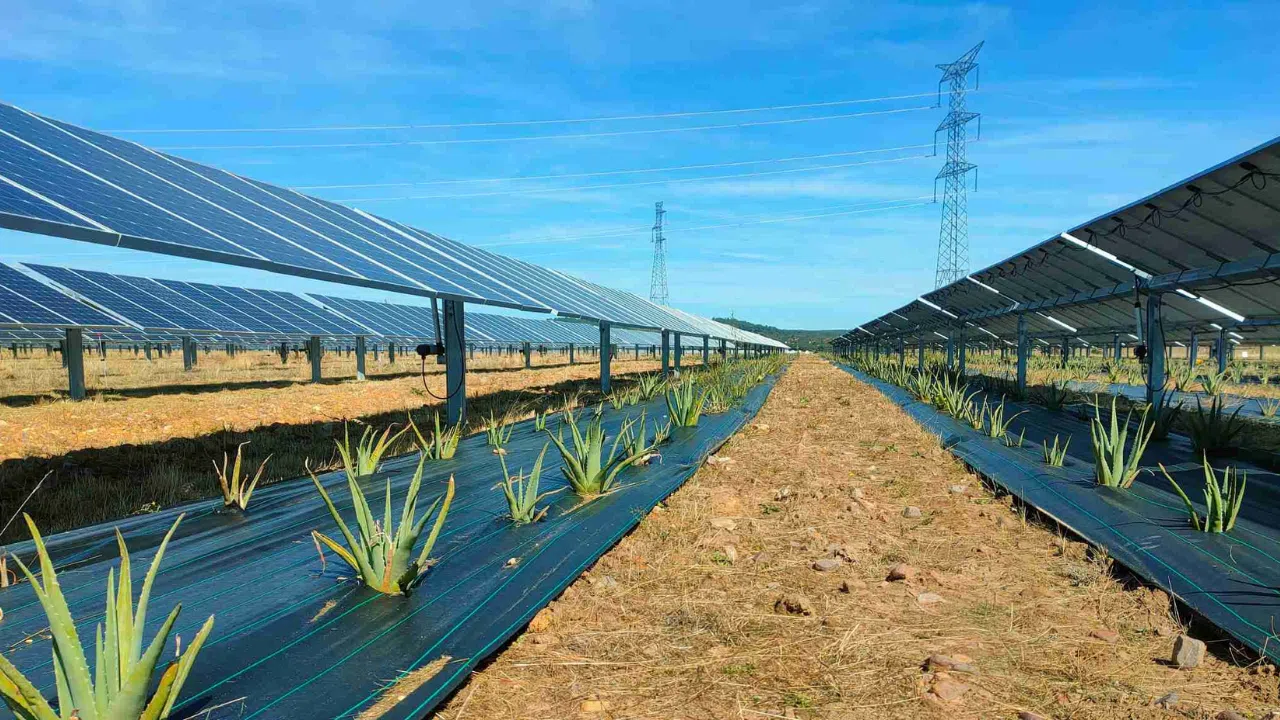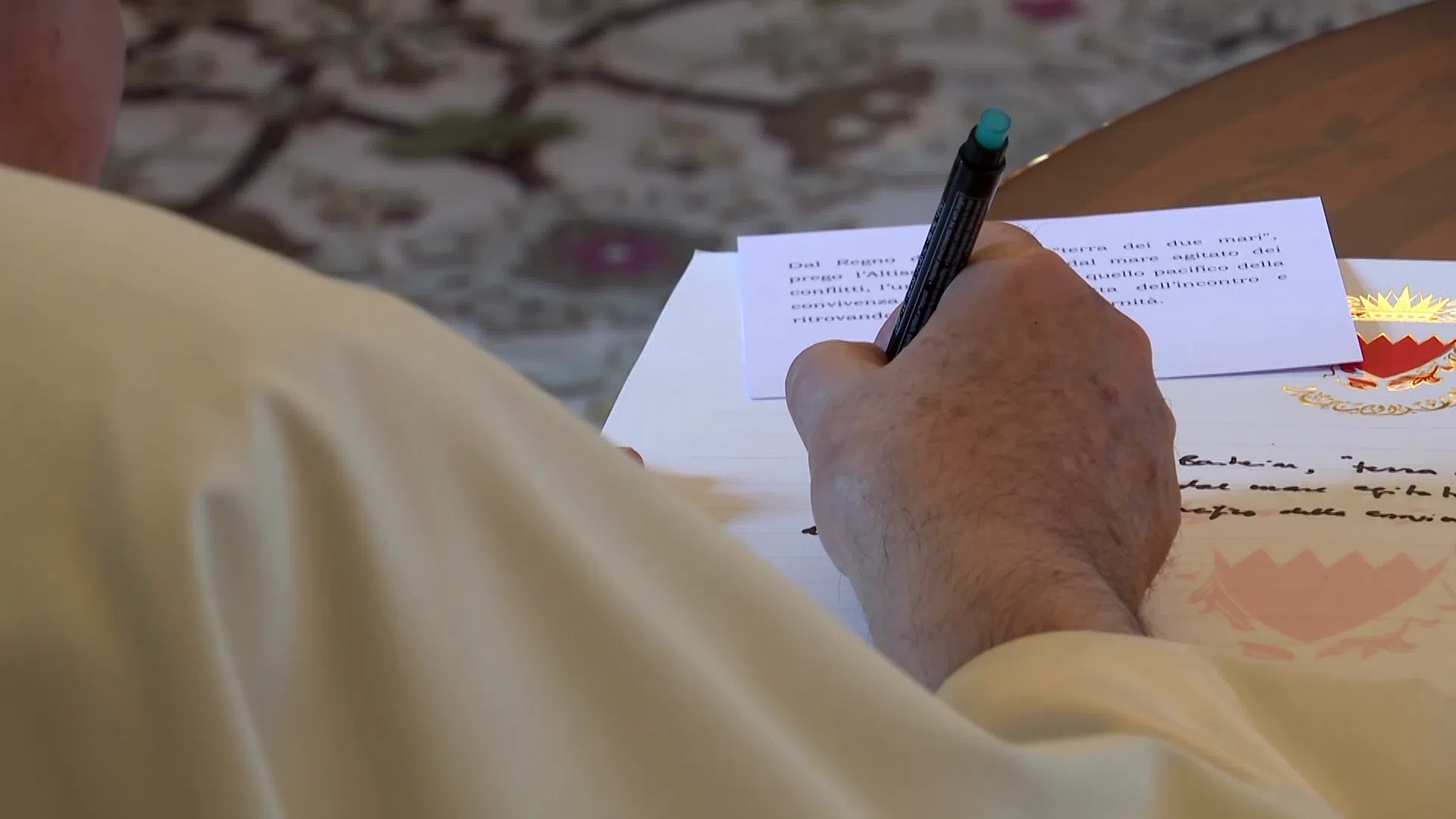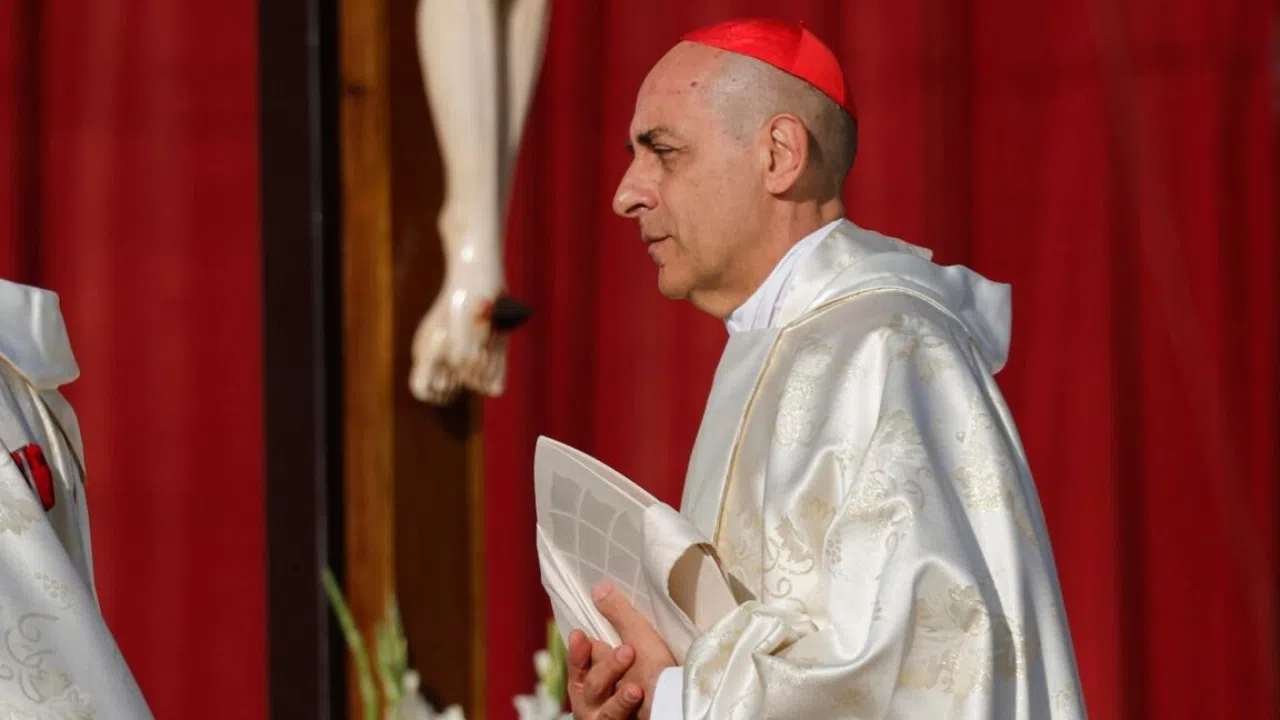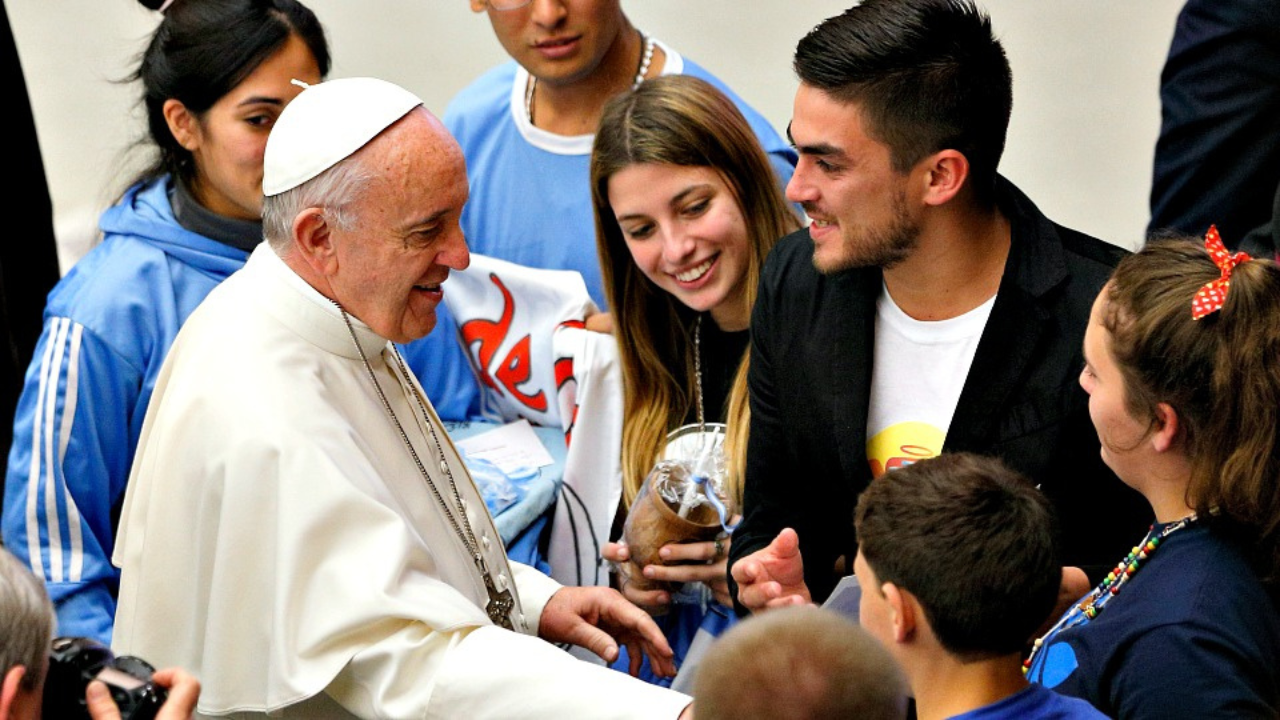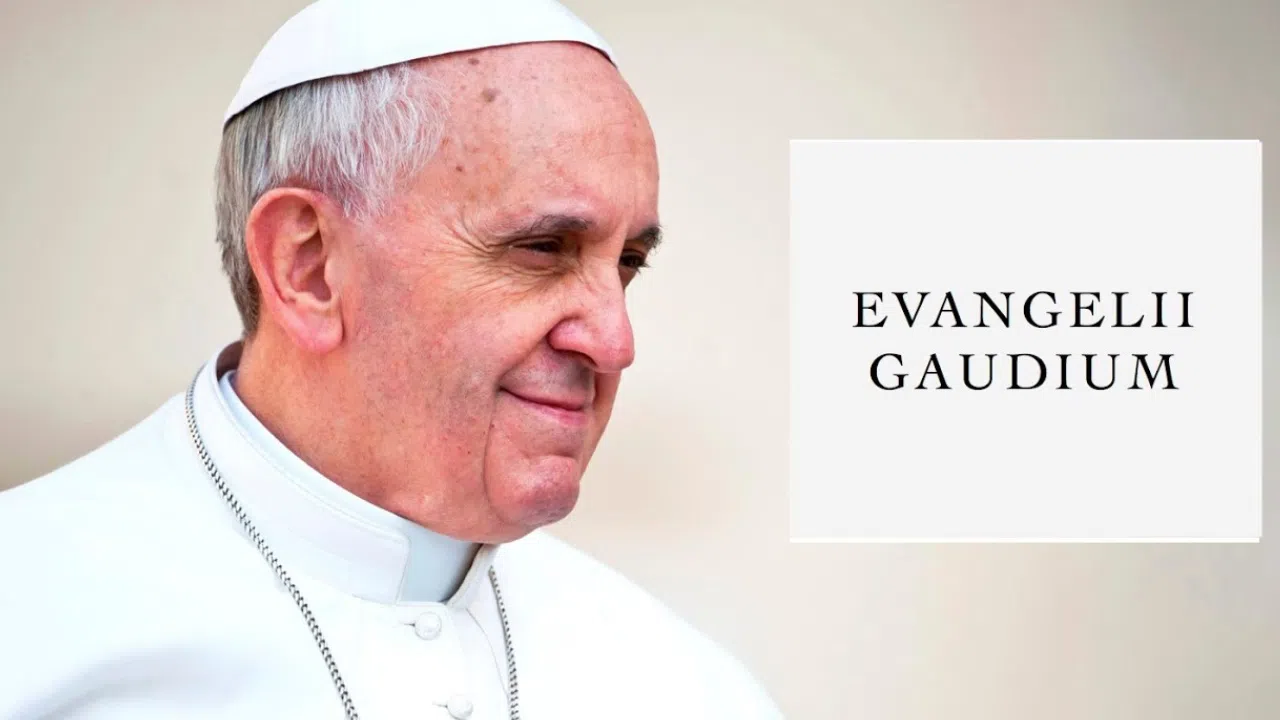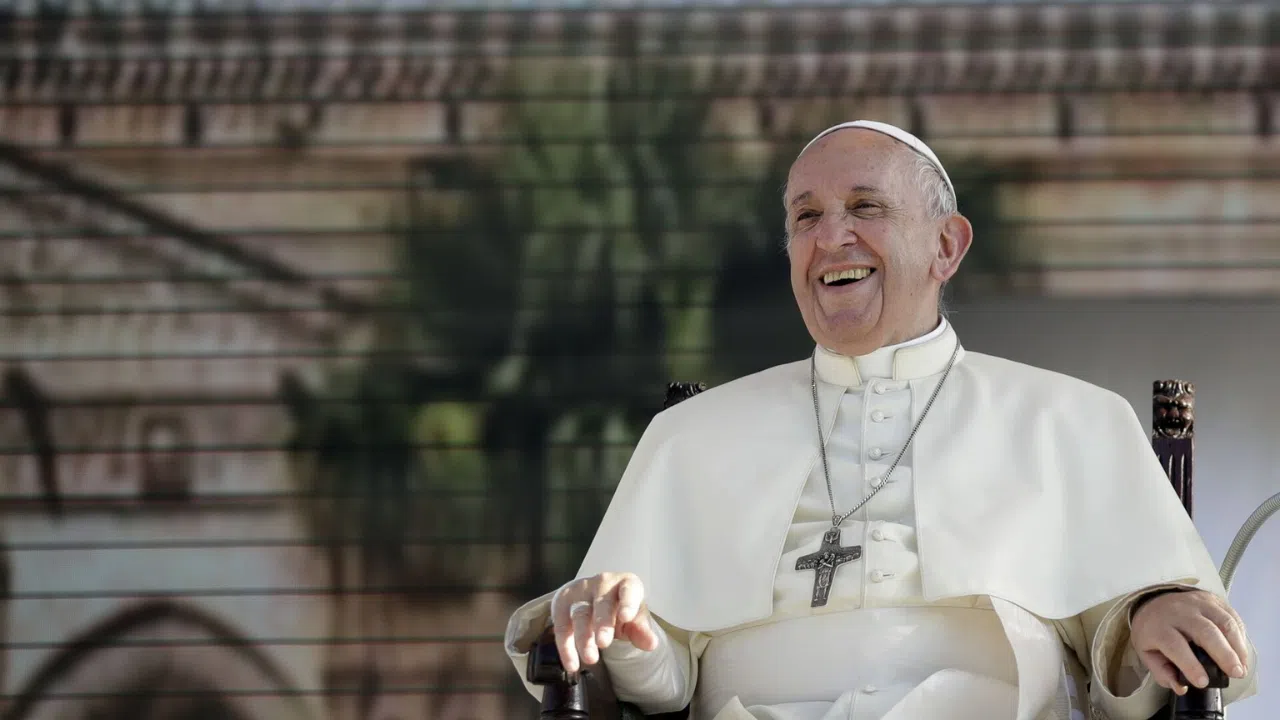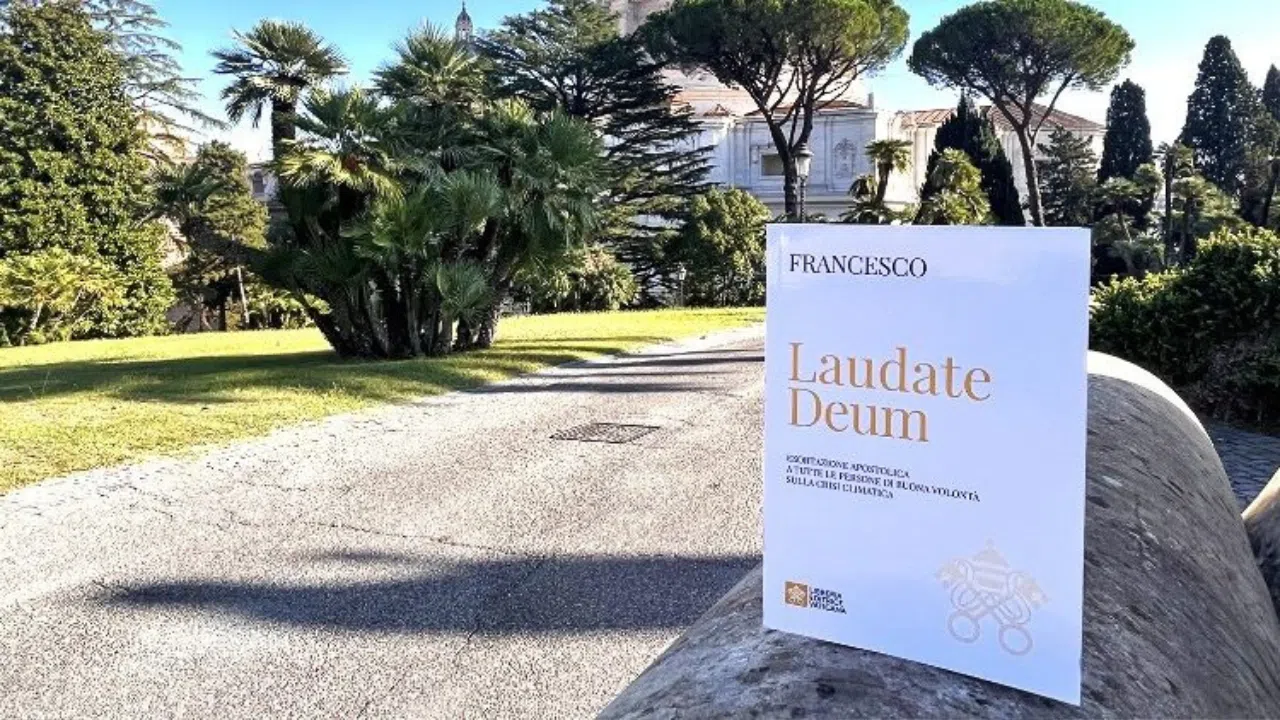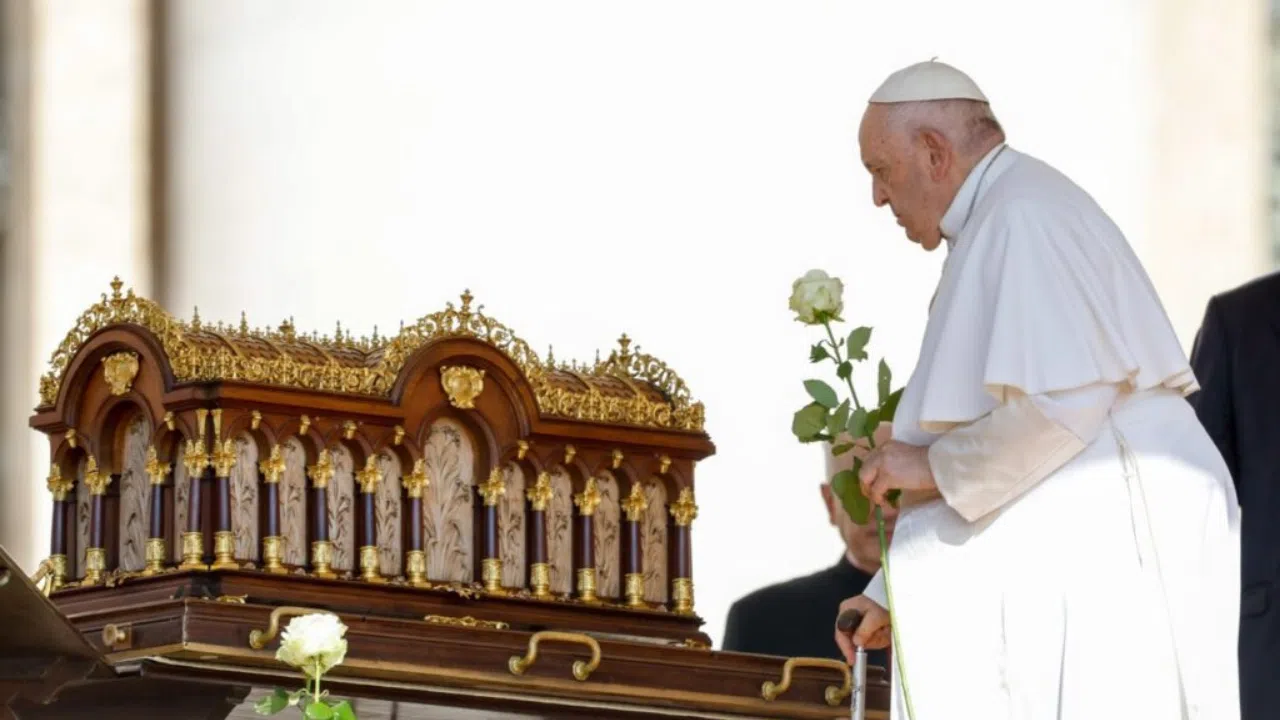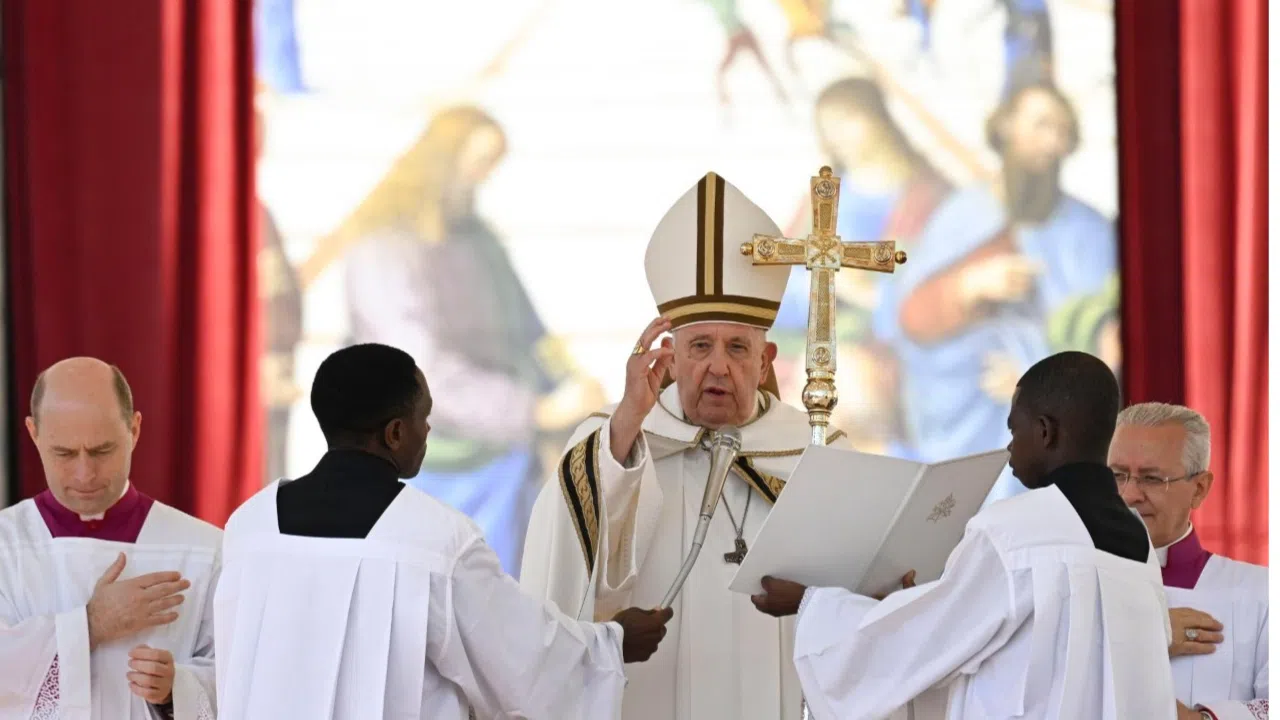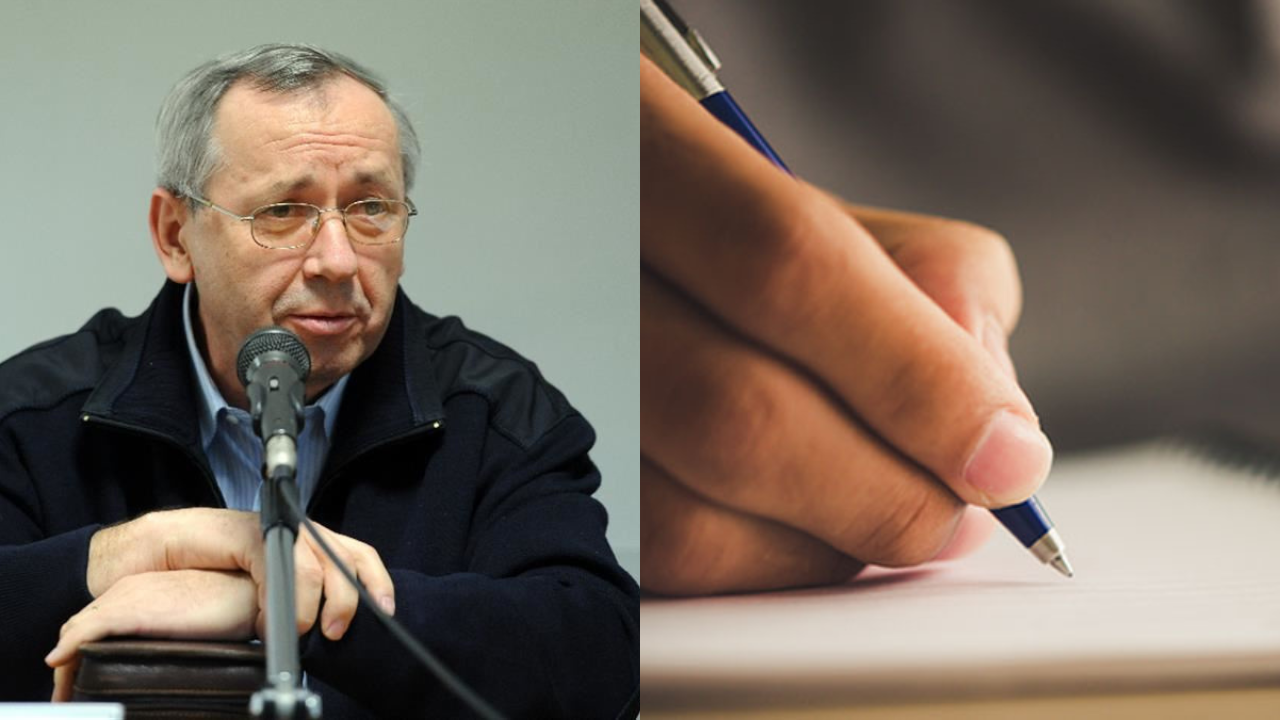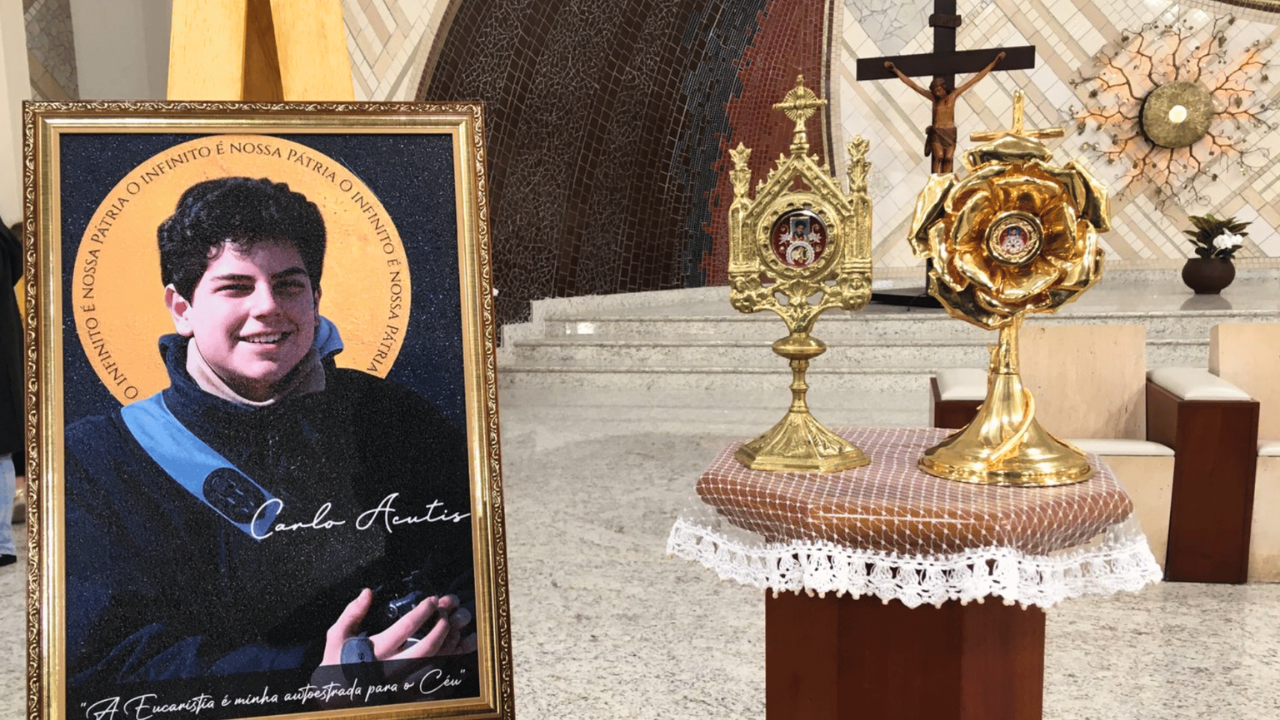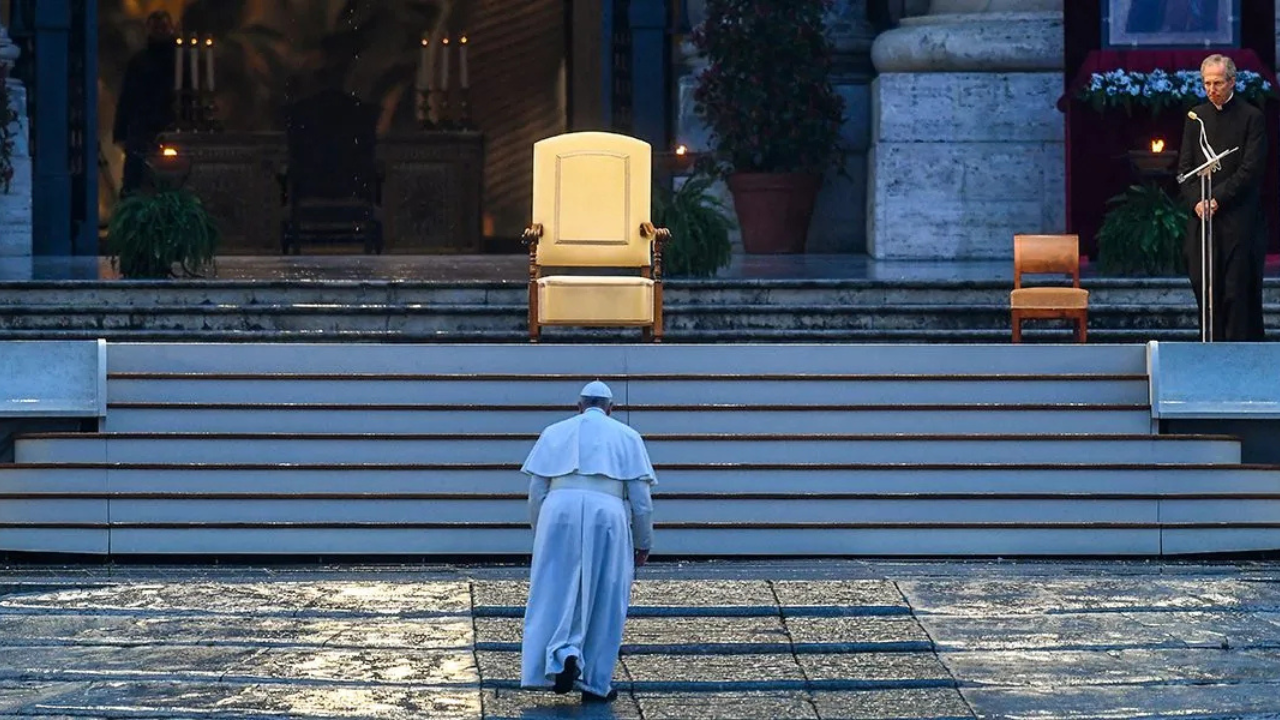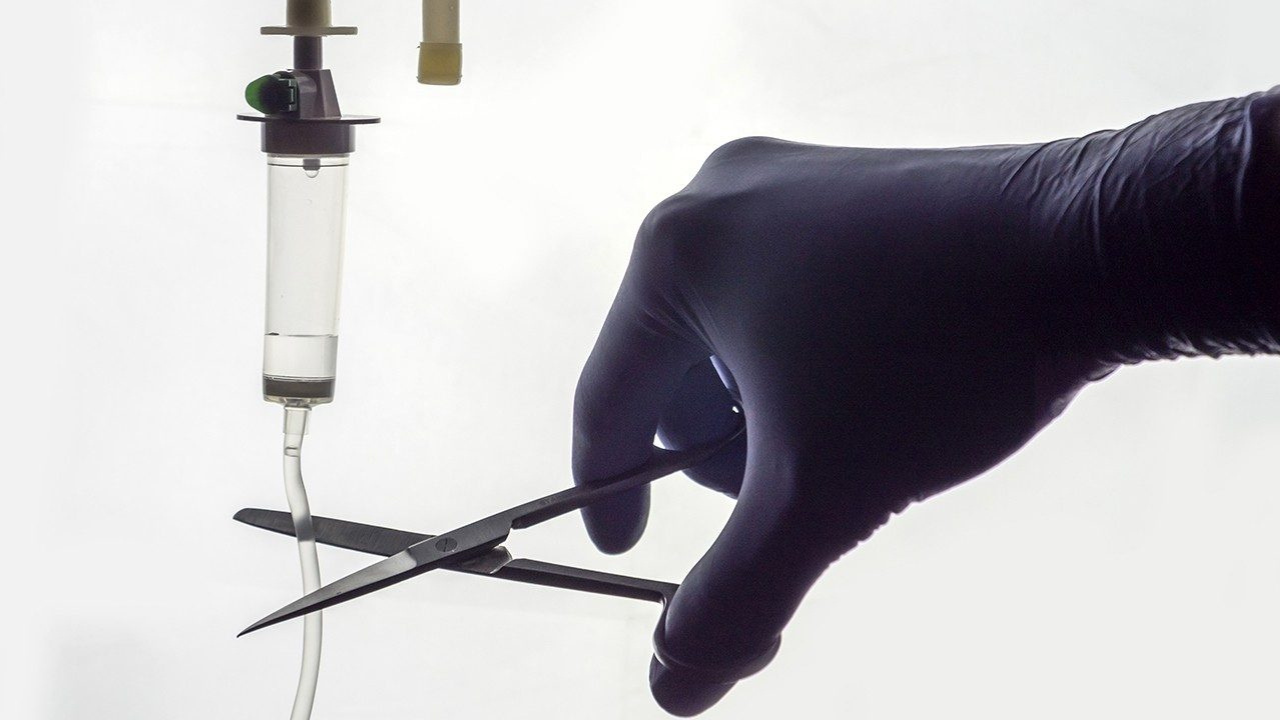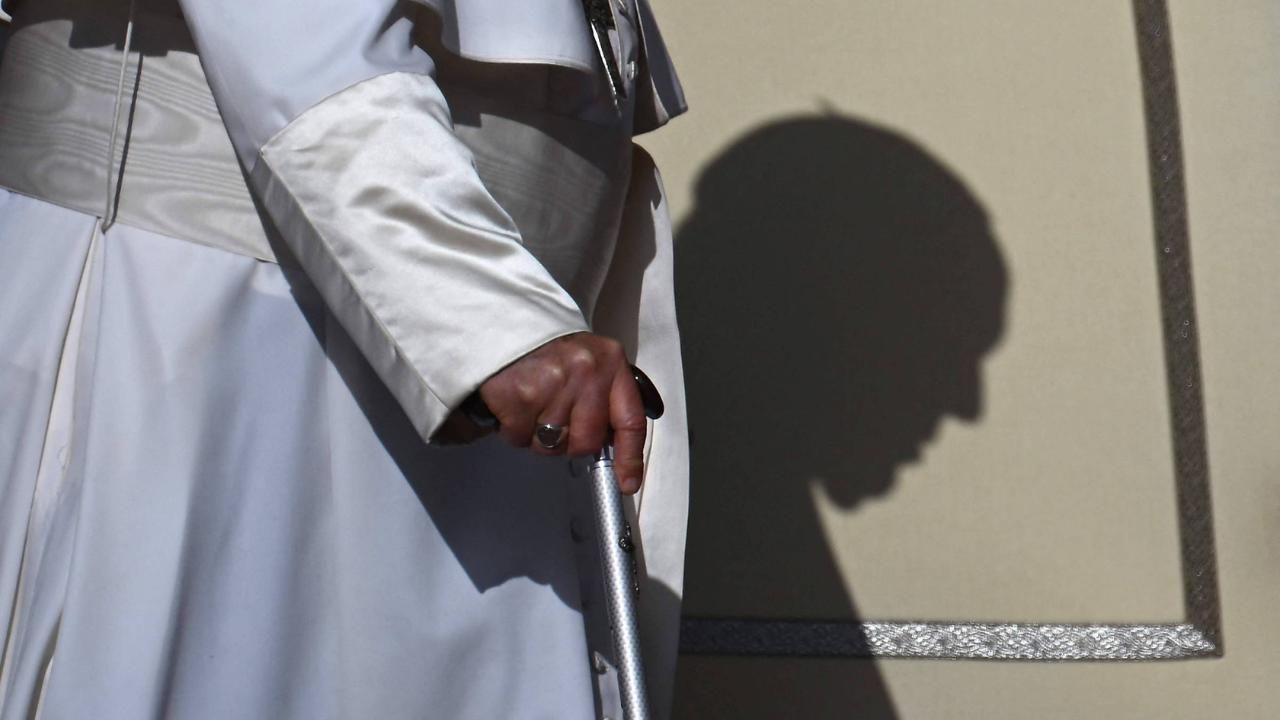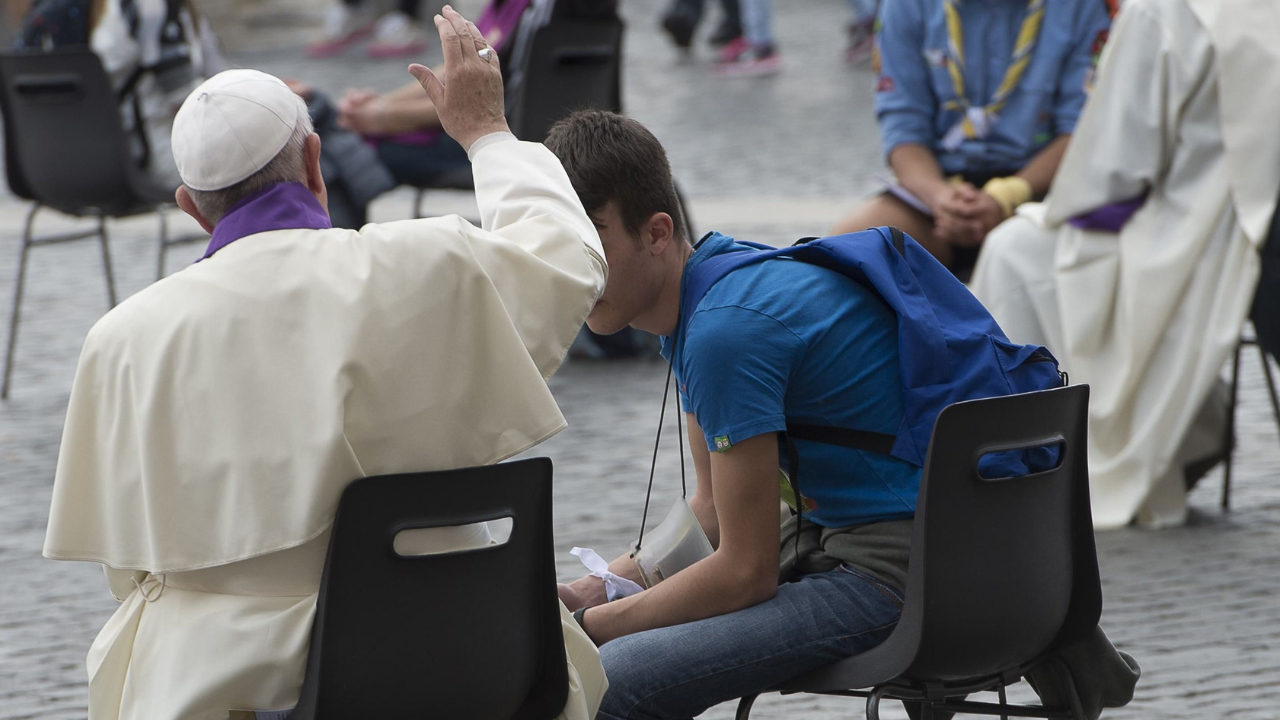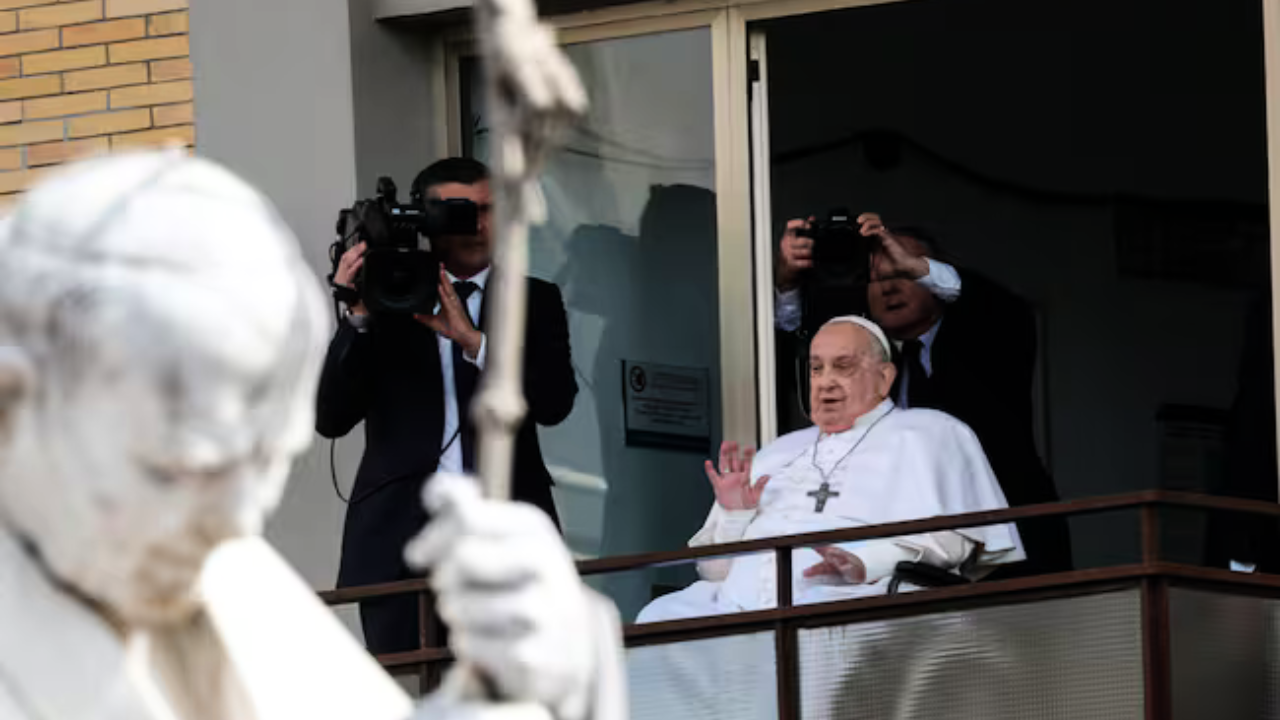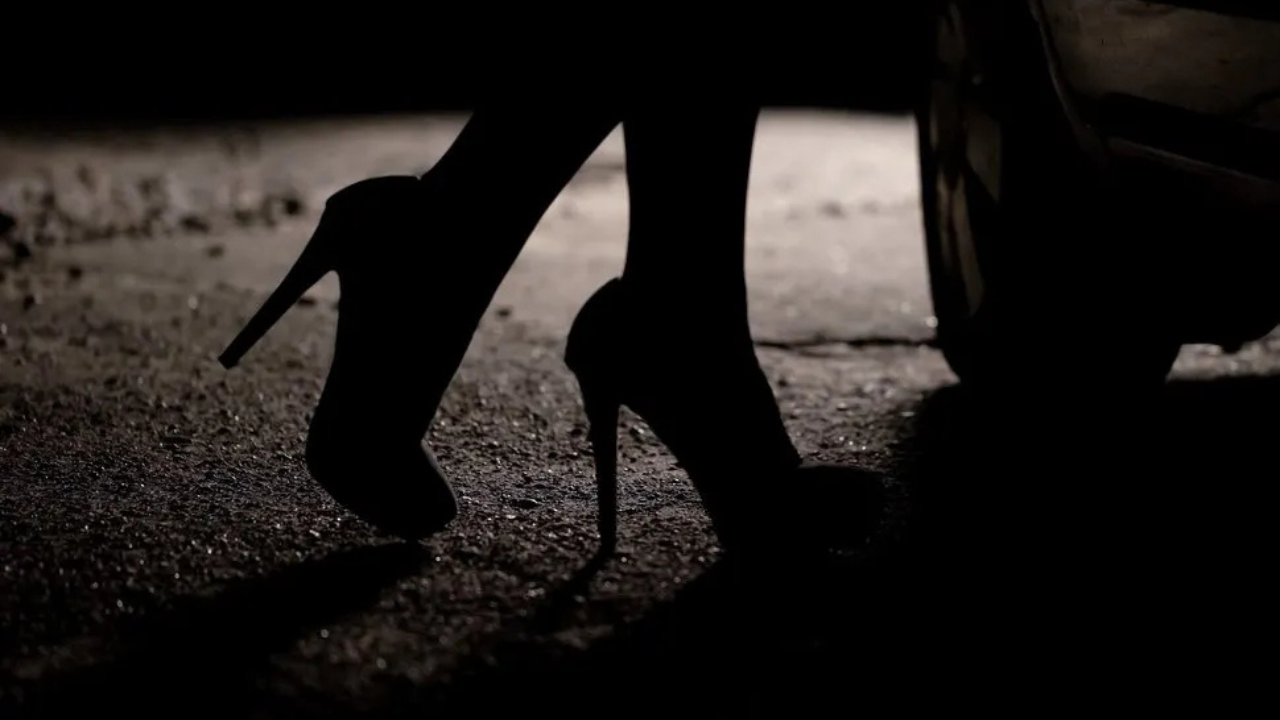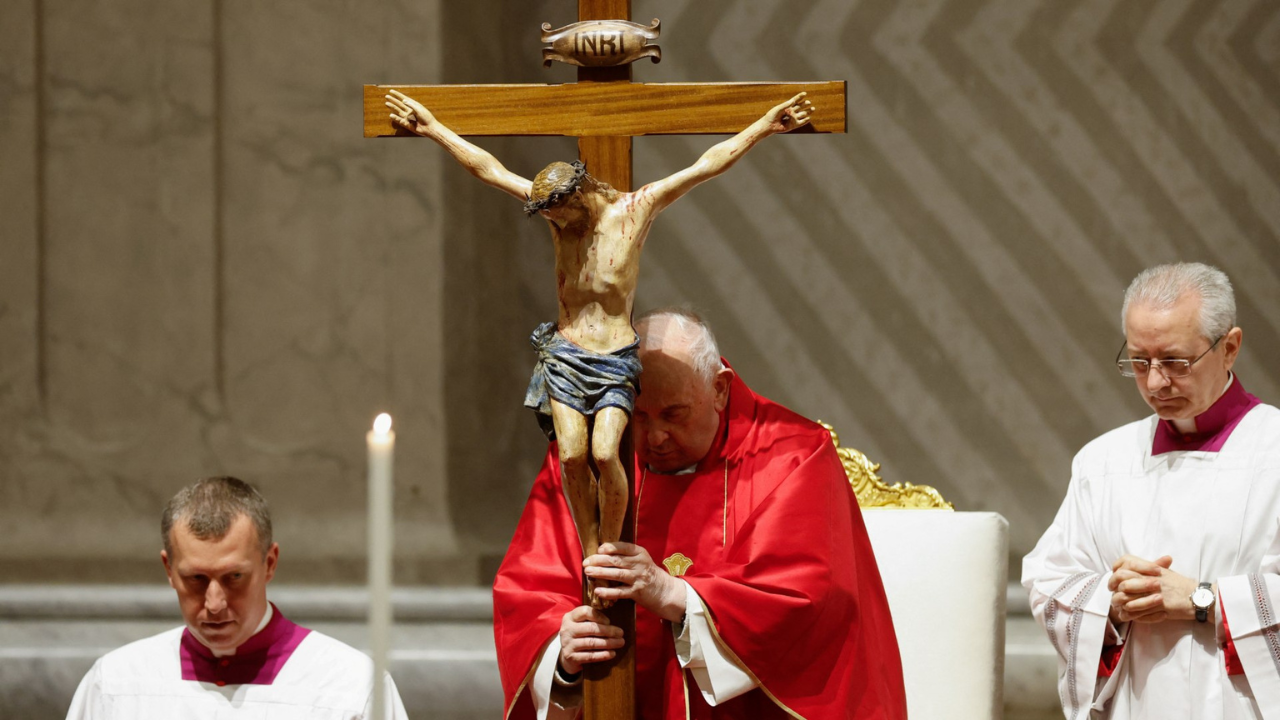Alto Solimôes is the diocese of Adolfo Zon and is as big as Greece. The bishop counts on only 15 priests to serve the 216,000 inhabitants covering more than 50,000 square miles in the Brazilian Amazon.
MSGR. ADOLFO ZON
Bishop of Alto Solimoes, Brazil
“I hope that this synod will be a call to find missionaries capable of offering their lives to serve and walk with these people.”
Such an immense territory is sure to face a multitude of issues. From human trafficking passing for drug trafficking, the exploitation of nature or the destruction of the environment, to an alarming lack of opportunities and help from the authorities.
MSGR. ADOLFO ZON
Bishop of Alto Solimoes, Brazil
“What conditions should we create so that the indigenous person can stay on his land? We have a great phenomenon of migration from villages to cities, which for me is one of the big challenges. What should we do with those people that are coming to the city? How do we welcome them? What conditions must we create so they can live with dignity?”
Tat is why the bishop asked for help. Marta wash his answer. She is a Javeriana lay missionary who worked in the city of Atalaia, and the surrounding communities for the past two years. This municipality of the Brazilian Amazon welcomes many young people who come from the indigenous communities where they cannot complete secondary school. They arrive with hope, but pretty soon realize the city is a hostile environment.
MARTA BARRAL
Javeriana lay missionary
“They keep dreaming of studying and returning to the villages. Reality shows that not many of them return and that there are some that quit studying because they don’t have the means, for hunger, for various difficulties. There are others that do not adapt to city life and so their families take them back to the villages for not making the most of their time. When they arrive they live in a lot of solitude, in suffering, in sadness because it is a life they are not used to.”
The parish tries to help them as much as it. They even provide Portuguese classes, since these communities study in their native languages and are not fluent in Portuguese. It is a way of growing closer to the indigenous people who are still victims of innumerable prejudices.
MARTA BARRAL
Javeriana lay missionary
“It is being close to them but not expecting them to come to you. We must go out to them and respect their rituals, their spirituality, and their beliefs. We must attempt to work together, not so that they can become like us, but so that we can interact, share, and learn with them.”
Nonetheless, the area is so big, it is not easy to get to the communities. It can even take 15 days in motor canoe to reach them. The Church does not have the human or material resources to do this, because to arrive by river requires a lot of fuel and therefore, a lot of money.
MARTA BARRAL
Javeriana lay missionary
“Two priests come here. They are a blessing, but one is 78 years old and the other 64. Their strength is limited. This diocese has one seminarian. In other words, pretty soon there will be no priests who can respond. That is where we are left out and are not allowing the communities to celebrate the sacraments, what we see as fundamental, to celebrate life; they cannot do so. I believe that we must respond.”
That is the challenge that the synod of the Amazon faces: to offer a solution to very real situations of need, both at a human and spiritual level, when the harvest is plentiful and the laborers few.
